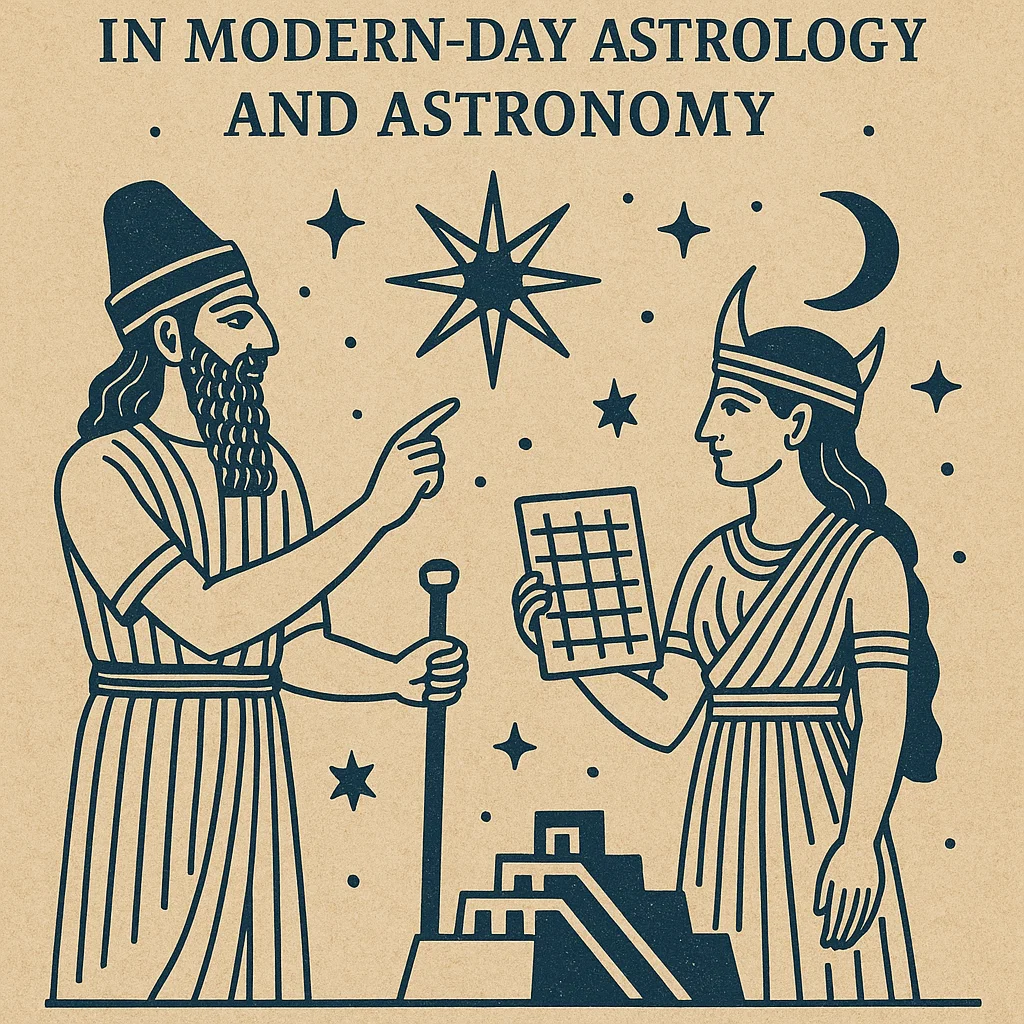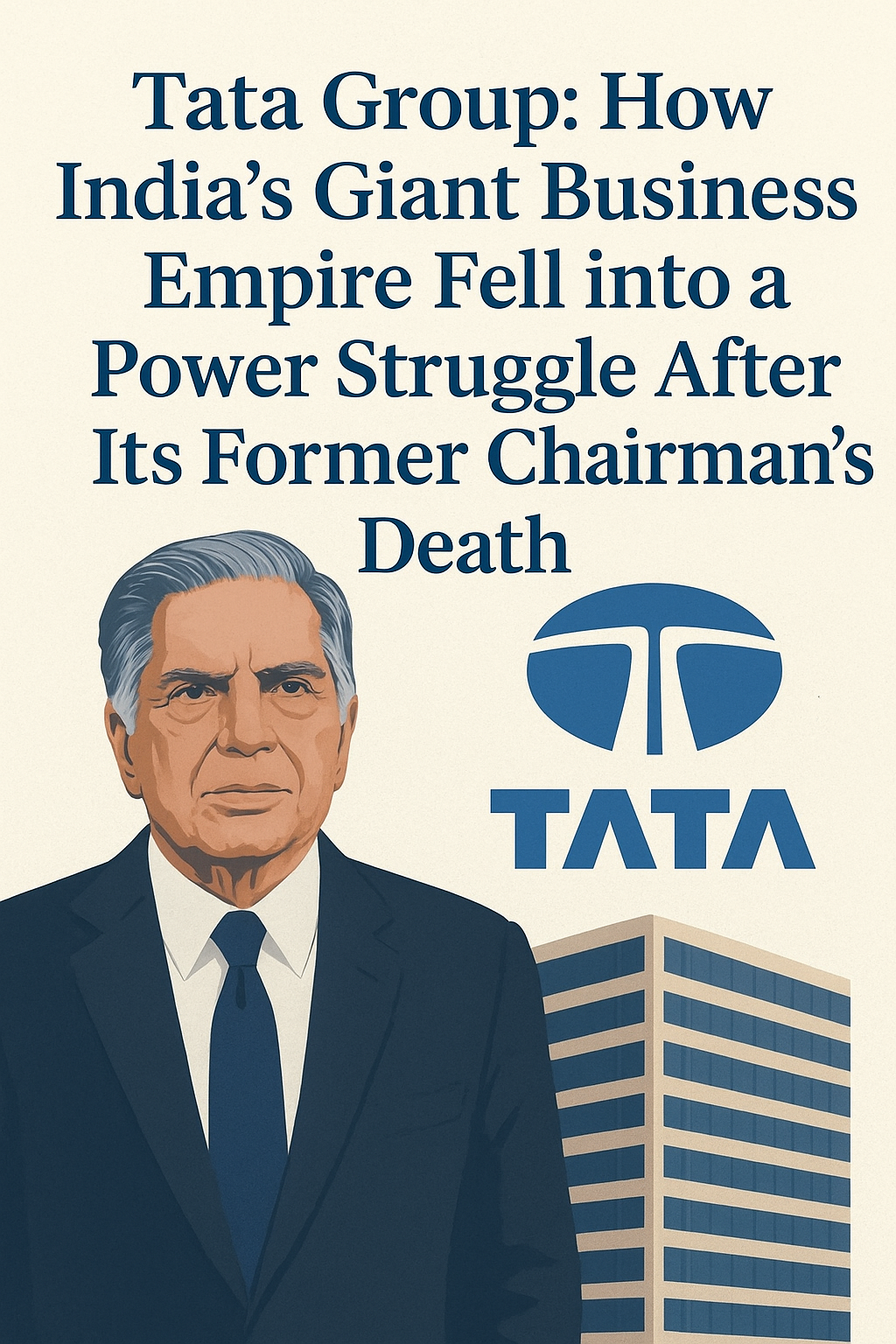Larry Ellison is a name synonymous with innovation, ambition, and resilience in the world of technology. As the co-founder of Oracle Corporation, one of the largest software companies globally, Ellison’s life is a fascinating journey from humble beginnings to becoming one of the wealthiest and most influential figures in the tech industry. His story is one of perseverance, a relentless pursuit of excellence, and a passion for pushing the boundaries of what technology can achieve.
1. Early Life and Background
Larry Ellison was born on August 17, 1944, in New York City to a single mother. He was raised by his aunt and uncle in Chicago after his mother, unable to care for him, sent him to live with them. Ellison’s childhood was far from luxurious, and he grew up in a middle-class Jewish neighborhood on the South Side of Chicago. Despite the challenges of his early life, Ellison showed an early aptitude for science and mathematics, subjects that would later play a significant role in his career.
Ellison’s educational journey was unconventional. He attended the University of Illinois at Urbana-Champaign, where he was named science student of the year, but he dropped out after his second year following the death of his adoptive mother. He briefly attended the University of Chicago but left before completing his degree. Despite not having a formal education, Ellison’s insatiable curiosity and self-taught knowledge in computer science laid the foundation for his future success.
2. The Birth of Oracle Corporation
Ellison’s professional journey began in the 1970s when he worked for various technology companies, including Ampex Corporation, where he participated in a project that involved building a database for the CIA, code-named “Oracle.” This project ignited Ellison’s interest in databases, which would eventually lead to the founding of Oracle Corporation in 1977.
Alongside co-founders Bob Miner and Ed Oates, Ellison launched Software Development Laboratories (SDL), which later became Oracle Corporation. The company’s first product was Oracle, a relational database management system (RDBMS) that capitalized on the growing need for businesses to manage large amounts of data efficiently. Oracle’s success was rapid, and by the 1980s, it had become a leader in the database software market.
Ellison’s vision for Oracle was not just to dominate the database market but to revolutionize the way businesses used technology. He foresaw the importance of integrating software systems across enterprises, a vision that led to Oracle’s expansion into various software applications and cloud computing services. Under Ellison’s leadership, Oracle grew into a tech giant, with its software used by thousands of companies worldwide.
3. Leadership Style and Business Philosophy
Larry Ellison is known for his unique leadership style, characterized by his boldness, competitiveness, and a willingness to take risks. He has often been described as a maverick in the tech industry, unafraid to challenge the status quo and disrupt traditional business models. Ellison’s approach to leadership is also marked by his hands-on involvement in the company’s operations, his strategic vision, and his ability to inspire innovation within his teams.
Ellison’s business philosophy revolves around the idea of constant evolution and adaptation. He believes in staying ahead of the competition by continuously innovating and exploring new technologies. This philosophy has driven Oracle’s transformation over the years, from a database company to a comprehensive cloud computing provider. Ellison’s emphasis on innovation is also evident in his personal life, where he has invested in various cutting-edge technologies and startups.
4. Oracle’s Expansion and Acquisitions
One of the key strategies that fueled Oracle’s growth was its aggressive acquisition strategy. Ellison recognized early on that acquiring companies with complementary technologies could help Oracle expand its product offerings and enter new markets. Over the years, Oracle has acquired numerous companies, including PeopleSoft, Siebel Systems, BEA Systems, and Sun Microsystems.
The acquisition of Sun Microsystems in 2010 was particularly significant as it allowed Oracle to enter the hardware business and gain control over Java, a programming language widely used in enterprise environments. This acquisition also









